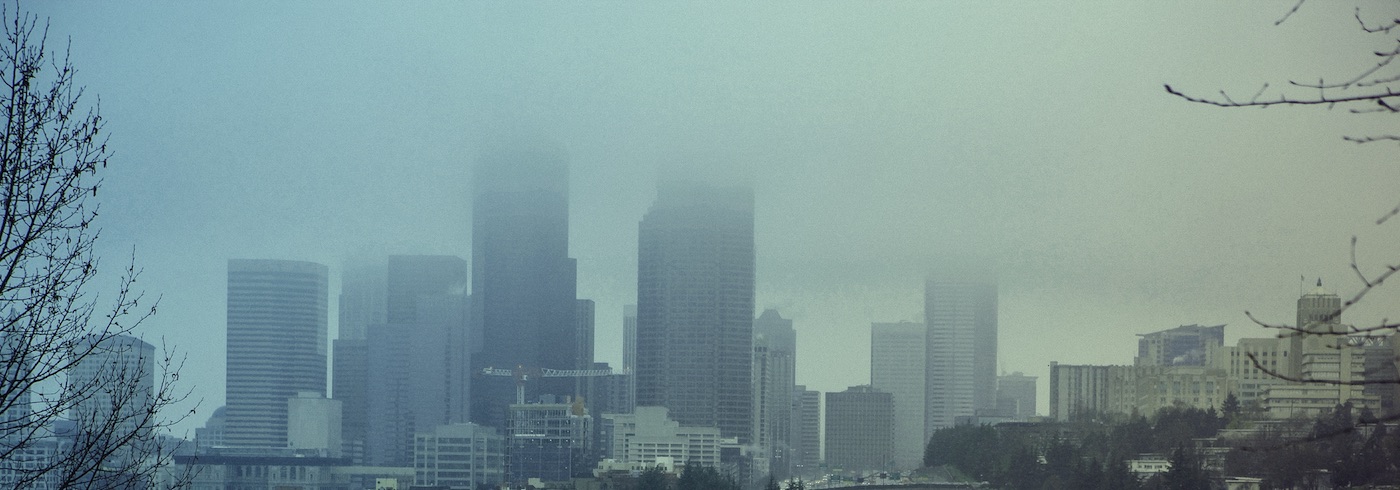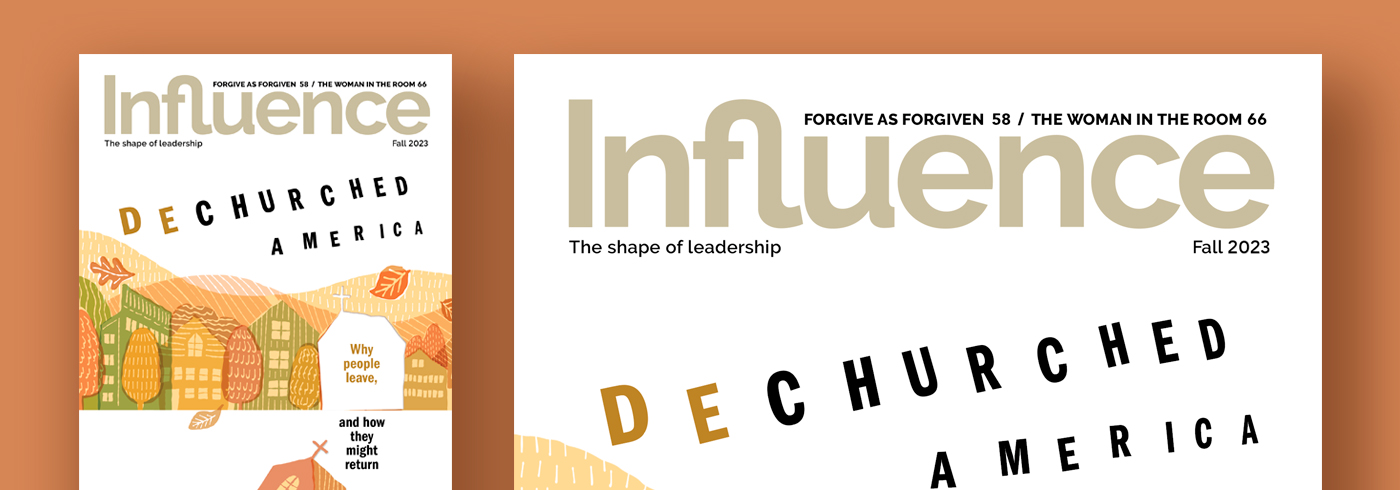Sore Neighborhoods
Overlooked open doors for church planting in America
Church planting today needs a more honest discussion about “place.” A review of the past 100 years reveals that a disproportionate number of churches spring up in middle- and upper-class neighborhoods. It might be time to reevaluate where we are locating our church plants.
An Eye for Sore Places
It appears that many church leaders believe America is composed primarily of middle- and upper-class people, and they plan their churches for that population. However, the lower class — the third of the population that earns below a middle-class income — has always existed. Statistically, one out of every three neighborhoods in every town across the country is populated by the lower third. It’s disingenuous to pretend the poor are not among us.
Two out of five American families today reportedly rely on food banks to feed themselves, according to The O’Reilly Factor Fox News broadcast (April 2013). Where do these people live? Many are in the sore neighborhoods of our towns — places where poverty, crime and the raw soreness of daily struggling to survive are a way of life. While this population seldom appears in suburban boutiques and golf course neighborhoods, they are still a part of our communities. And many are not attending our Sunday gatherings, which can make them invisible to church leaders.
Urban cities in the U.S. have more sore neighborhoods than anywhere else. The shrinking church-to-population ratio in large cities is disturbing. I cite in my Dinner Church Handbook: Church Planters Edition that most urban places in the U.S. have a quarter of the Assemblies of God churches of other locations in their respective districts. While that might sound underwhelming, what this meant for my home city of Seattle is that we would have needed to plant 25 AG churches to equal the ratios in all the rest of the Northwest Ministry Network. Many church planters today and in years past have sacrificed to go to hard places. Yet, it appears America’s church planters are now overlooking our cities with surprising regularity. Missiologist Ed Stetzer wryly observes in his book Planting New Churches in a Postmodern Age that it appears God has a special burden for places with hundreds of new homes compared to the inner city with thousands of apartments. This mindset must change. Urban cities stand in need of the greatest full-court press AG church planters can muster.
A Different Way of Church
If we are going to engage sore neighborhoods, we need to consider doing church for them in a way that fits their sociology. Worship based on a church planter’s favorite components will only make sense to people who are just like that leader. But if a plant team feels called into a sore social circle, it will need to design church in a way that resonates with that populous.
Traditional proclamation gatherings do not always match the sociological realities of struggling communities. Besides feeling embarrassed gathering with the well-dressed people who fill most of our churches, the poor may also find it difficult to sit through a Sunday morning, sing a number of songs and listen to a 45-minute sermon while worrying about what their children will eat that night and how to make rent the next day.
If we are going to engage sore neighborhoods, we need to consider doing church for them in a way that fits their sociology.
Our 85-year-old church in Seattle had to learn to do church differently for the sake of our city. This meant we had to relearn what Seattle had become. So we resorted to lawn-chair missiology, which means we set up lawn chairs on many sidewalks and watched the movements of people.
From those observations, we concluded the following:
• Sunday morning is a bad time for church; no one is awake at that time.
• Dinnertime is a great time for church; people are getting off the buses, and the sidewalks are full.
• Large social circles of sore people are everywhere.
All these observations converged with our remembrance of the ancient agape feasts that were prevalent during the apostolic era. And a new way of doing church emerged. Now we have an agape dinner church almost every night of the week in a different sore neighborhood in Seattle, and we have never been so influential in our city as we are now.
However, this is only one of numerous stories unfolding across our land. Many church planters, feeling called to a particular under-reached social circle, are putting aside the proclamation event assumption and designing a church that fits the sociology of the lost rather than the found.
Some great open doors exist for church planting in America, but many aren’t located where most church planters are looking. I predict that sore neighborhoods and churches designed for the lost will forge an interesting future for the Church in upcoming decades. The AG has been planting churches in middle- and upper-class locations for decades. Perhaps it is time to consider planting churches for the sore neighborhoods — so they can go to heaven, too.
Verlon Fosner and his wife, Melodee, have led a multisite Assemblies of God dinner church in Seattle, Washington, since 1999. This article originally appeared in the September/October issue of Influence. For more print content, subscribe.
Influence Magazine & The Healthy Church Network
© 2025 Assemblies of God

